Take Bologna, for example: a superb atmosphere prevailed on the first three days. Most exhibitors and visitors alike appeared highly satisfied. And on the fourth day? On the Monday, most stands were empty, and boredom reigned amongst the staff manning them. But the amount of money companies must spend on exhibitions is too high for this to be happening. Look at Wiesbaden: the second staging of the DeZooFa fair, which is geared primarily to the German specialist trade, attracted 4,647 visitors over three days. Most of these visited the fair on the Sunday; on the preceding two days, the exhibition halls were empty for most of the time. Many exhibitors are therefore rightly demanding that DeZooFa be reduced to two days.
Trade fairs still fulfil a significant function within branches of the economy. Existing contacts can be maintained and new ones cultivated at fairs, an aspect that is increasingly important in times of growing economic globalisation. But time is money, and so fairs have to become more efficient in future. For what use to the pet industry are longer fairs that attract fewer and fewer visitors?
Your
Ralf Majer-Abele

 Menü
Menü

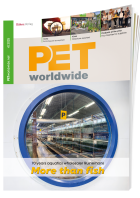





 2/2003
2/2003
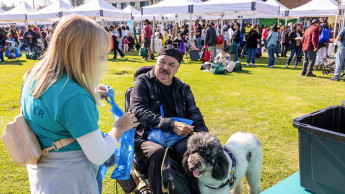
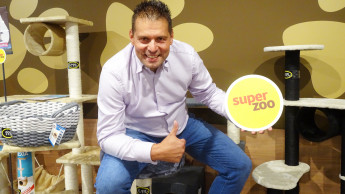
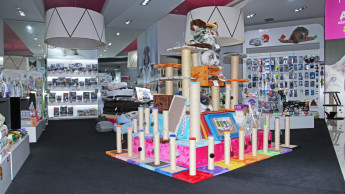



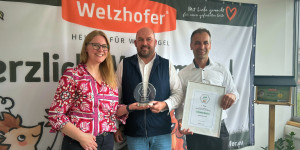
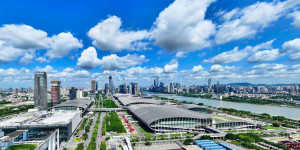

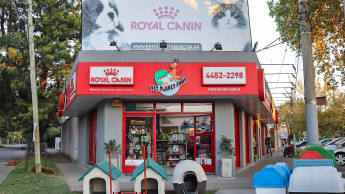
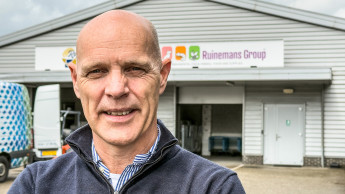
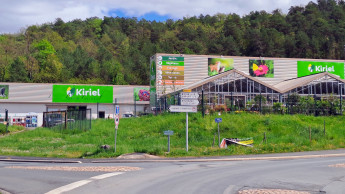
 Newsletter
Newsletter